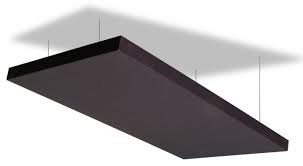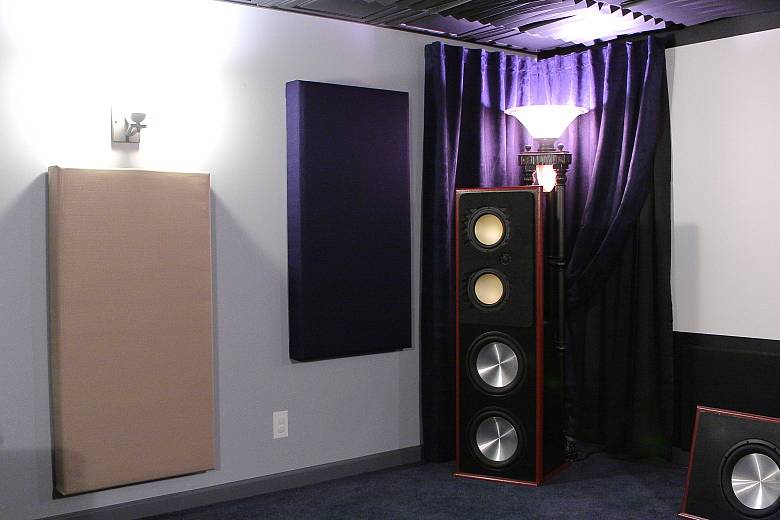Hi all,
This is my first post, happy to be here.
The measurements of my room are as follows:
4.30m (meters) depth
3.00m width
2.70m hight
Now in my left corner is a small recording room made of plasterboard which is 2 meters in width and about 1.30m in depth.
I sit behind the desk and on my left there is a window about 1 meter in width and hight on which I just today put a curtains.
My questions to some of you who are experienced and willing to advice are:
1. Giving the size of my room, is my placement good enough to have good listening for mixing?
2. The window on my left: is it bad for the acoustics if there are no curtains? Even with the curtains, is it good enough for good isolation?
3. The wall above my head (I mean the roof of the room) is not treated at all, is this a problem and what should I do, do I need complete covering of that wall or partial?
Comments
Sean, thank you enormously for your long and thoughtful reply. I
Sean, thank you enormously for your long and thoughtful reply. I really appreciate it.
Yes, my floor is covered with carpet called "Sentilon" in my country, I don't know how it is called in English speaking countries.
1m x 1m of this carpet I have behind my two speakers on the external wall of the recording room:
On my window there are rollings and the window is in wooded frame.
Behind my mix position is the window for the recording room through which I communicate with the singer. I have 6 glasses on that window.
I will definitely make rockwool absorbers.
When I take away the recording room, my room is not exactly 3 x 3, because there is 1x1 on the side of the room for opening the doors:
As you can see on the right side of the wall just beside the exit door, I put a carpet because that wall was empty previously. I did got some warmness in sound after putting it though I know it is not ideal.
The problem with going more to the center of the room is that there is no place for people who come and wait:
So there is really no place to go with my desk. How to turn left or right, I am faced with the same problem of no space for the sofa for the guests.
I though I could add few more tips from my room and the placement in order to give you a better perspective.
dreamtuned, post: 438506, member: 49863 wrote: Behind my mix pos
dreamtuned, post: 438506, member: 49863 wrote: Behind my mix position is the window for the recording room through which I communicate with the singer. I have 6 glasses on that window.
In that case its probably not a good idea to block this window up. I didn't realise that you were using the smaller room as a vocal booth.
dreamtuned, post: 438506, member: 49863 wrote: The problem with going more to the center of the room is that there is no place for people who come and wait
As for being in the corner, if thats the case then you may have to just work with the space you have. Maybe try to get some absorbers made up to go into the four corners of the room to help reduce the bass build up in the corners.
With the rear wall behind my mix position I have two broadband absorbers 1200mm long x 600 mm wide x 100mm thick, coupled with a diffuser in the middle.
IMO it definitely reduces the room effect and I am by no means in a large room. When I added the absorbers I immediately noticed how it tamed the room and now my mixes translate much better. I made two absorbers using four lengths of pine from the local hardware store measuring 1800mm long x 100mm wide x 50mm thick, which gave me the 1200 mm x 600 mm I needed for the size of each. I covered one side of the assembled frames with a stylish but cheap $8 dollar per metre fabric from a local haberdashery, much like you would when covering a canvas art frame. I used a rigid rockwool which I cut to size to fit snugly into the rear of the frame then wrapped the fabric around the rear and stapled it to the back of the frame giving it a nice clean finish. Lastly I used a $2 picture hanging kit to mount both to the wall.
For the corners I basically built the same design and ran them across the corners of the room to trap the bass frequencies. I had some left over rigid rockwool so I cut it to neatly fit into the triangular cavity behind the corner traps. The mix cloud was the same size and construction, although I used the picture mounting kit to suspend it parallel from the roof at four points from each corner. I also have two absorbers on the wall behind my monitors to reduce the resonance from them being in close proximity to the wall which is less than ideal in my situation due to the room constraints.
All up the DIY treatment worked out at around $150 AUD. And with the fabric I chose they look pretty stylish and arty, as opposed to bland solid dark colours.
I also have a heavy fabric sofa along the rear wall behind my mix position. I don't know how effective this is with helping to tame low frequencies, if at all.
When I first played a track through my monitors after I had installed the absorbers and mix cloud my first thought was "Oh no, Iv'e overdone it !...."
But that wasn't the case, I was so used to hearing the room being so live and bright before that, my mixing & listening environment sounded more flatter now, because I don't have all this reflection bouncing around my ears and bass building up in the corners exaggerating frequencies and the room deceiving me like it did sans treatment.
My next task is to pull up the carpet and polish the solid timber floor underneath in the summer to see if this will improve things even more.
One this is done I may measure the room with Room EQ Wizard to see how it responds. I know its a case of putting the horse before the cart in this case, but considering the size of the room and the lack of treatment beforehand, IMO anything I did was an improvement nonetheless.
dreamtuned, post: 438506, member: 49863 wrote: 1m x 1m of this c
dreamtuned, post: 438506, member: 49863 wrote: 1m x 1m of this carpet I have behind my two speakers on the external wall of the recording room:
the carpet you have on your walls behind your speakers isn't doing much; it may tame some upper frequency flutter echo a little bit, (to which the frequencies affected would depend on the thickness and density...) but I doubt highly that it's doing much below 2k or so, and even then probably not much...even 1" commercial "acoustic foam" such as auralex or sonex won't do anything for frequencies below 1k.
Your likeliest problems are going to be in the lower end(s) of the frequency spectrum; below 1k, with lower frequencies presenting the most problematic issues - including both hot spots and nulls - and that wall-mounted carpet won't do a thing for those...on top of that, your room dimensions (and shape) figures heavily into all of this as well. Truthfully, the sofa you have in the room is probably more effective than anything else you have in there right now, but that doesn't mean it's enough to solve the potential problems you may be facing..
Brien ( @Brien Holcombe ) is the guy who should weigh in here, as Sean and myself are most certainly not acousticians.
Although, just a warning... you need to be prepared for the very likely possibility that he could tell you that there's little than can be done with the space you have, regardless of treatment methods. I'm not saying unequivocally that this is what he'll say.
I'm saying it's possible he could say that.
-d.
DonnyThompson, post: 438508, member: 46114 wrote: Brien ( @Brien
DonnyThompson, post: 438508, member: 46114 wrote: Brien ( @Brien Holcombe ) is the guy who should weigh in here, as Sean and myself are most certainly not acousticians.
I absolutely agree...I by no means went about treating my room the right way...I should have did the measurements with Room EQ Wiz then looked at what needed to be done and consulted someone such as Brien who is an expert with the right knowledge and experience to give me the right advice on what was needed and the best way to go about it.
I'll admit, I did the old google a few studio / rooms and took what I saw as a way to do things, coupled with info I took from the net from a few different sources which is in no way the right way to do things like room treatment. The room sounds better to me but hey, I'm no expert by any means...it could have been so bad to start with that anything would be an improvement and it could still be far from perfect, but having said that, until I actually do measure the room from that perspective I suppose I really am none the wiser to where it is now to what would be ideal with the dimensions of the room I'm in.
So kids...if you are watching this at home...don't do what I did ;)
Consult an expert first when you have no idea what you are doing.
Donny Thompson, Sean G and pcrecord, thank you enormously for yo
Donny Thompson, Sean G and pcrecord, thank you enormously for your thoughtful replies, I really appreciate your time and willingness to give your opinions on the subject.
I have few more questions regarding some of your answers.
1. Is rockwool a good solution in making a bass trap on my own? I mean, is it way better in absorbing the low frequencies then the acoustic foam?
2. In my country there is a widespread "belief" (I don't know about scientific research on the subject) that the fiberglass and rockwool emit some particles that are bad for health. Is this true?
You didn't specify in your question regarding "acoustic foam" as
You didn't specify in your question regarding "acoustic foam" as to what type and thickness you are using, but generally, typical 1"/2" thick foam tiles are what most refer to when they mention these, and they aren't thick or dense enough to attenuate low frequencies. 1" thick auralex won't do a thing for frequencies below 1k. It can be helpful to attenuate higher frequency flutter echoes, but completely inadequate for lower frequencies.
Rockwool, if we're referring to the same material - is quite good for bass traps. Here in The States, Roxul Safe and Sound is one of the more popular insulating materials. It has the benefit of being a good broad-band absorber, along with being fire rated, so that you're not installing material in your space that could act as a flammable source or pathway of combustion.
While I would definitely wear gloves and a breathing filter while working with the material, once you get the material settled into a trap-frame, and cover it with material, you shouldn't have any trouble.
Most who build these bass traps using this material will cover them with a muslin-type of fabric; this will keep the material in place, and also has a nice cosmetic result as well.
Guilford Of Maine is a popular fabric manufacturer of covering material for acoustic traps.
If you are still wary of using Roxul, You could always use OC 700 Series rigid insulation instead - but it's more expensive than Roxul, and isn't always easy to find in local home improvement stores.
Just making a bass trap isn't enough though... you need to know how big and thick to make it, as well as how and where to best place it for optimal results.
And, there's still no guarantee that doing so will cure problems that are caused by the dimensions and shape of the room, as well as the construction materials used to build the room.
I guess I'm suggesting that there are indeed spaces that are poor enough candidates, that they just shouldn't be used when work that relies on optimum acoustics is needed, regardless of whether they have been acoustically treated or not.
-d.
Sean and Donny have given you good information to work with. I
Sean and Donny have given you good information to work with.
I have two things to ask. With such an obviously small tracking room it isn't of an value so why not have the tracking room out in the large room and the recording room in the small room?
Sure, it is small as a recording room, but it is closer to being able to replicate a good recording room of the two. If you can get past the high notions of what it is you think you will be able to achieve in this home room area, I think it would benefit you.
Second thing is, where does one get that LEGO diagram program you used to make your room layout with?
Mine too. I am training my grand daughter towards engineering an
Mine too. I am training my grand daughter towards engineering and piano and sketchup is too much at this point. But if it was fun, like Lego's, it might get her attention. She protects her keyboard from abuse from her other 5 year old trouble maker cousins, so there may be hope there as well.
Brien Holcombe, post: 438535, member: 48996 wrote: Sean and Donn
Brien Holcombe, post: 438535, member: 48996 wrote: Sean and Donny have given you good information to work with.
I have two things to ask. With such an obviously small tracking room it isn't of an value so why not have the tracking room out in the large room and the recording room in the small room?
Sure, it is small as a recording room, but it is closer to being able to replicate a good recording room of the two. If you can get past the high notions of what it is you think you will be able to achieve in this home room area, I think it would benefit you.
Second thing is, where does one get that LEGO diagram program you used to make your room layout with?
Hello Brian, thank you for your input.
I am actually sitting in the bigger part of my room that is, my tracking room is the bigger one. The recording toom is the small room (only 2sqm).
The lego sketch is from the google project:
https://www.buildwithchrome.com/m/

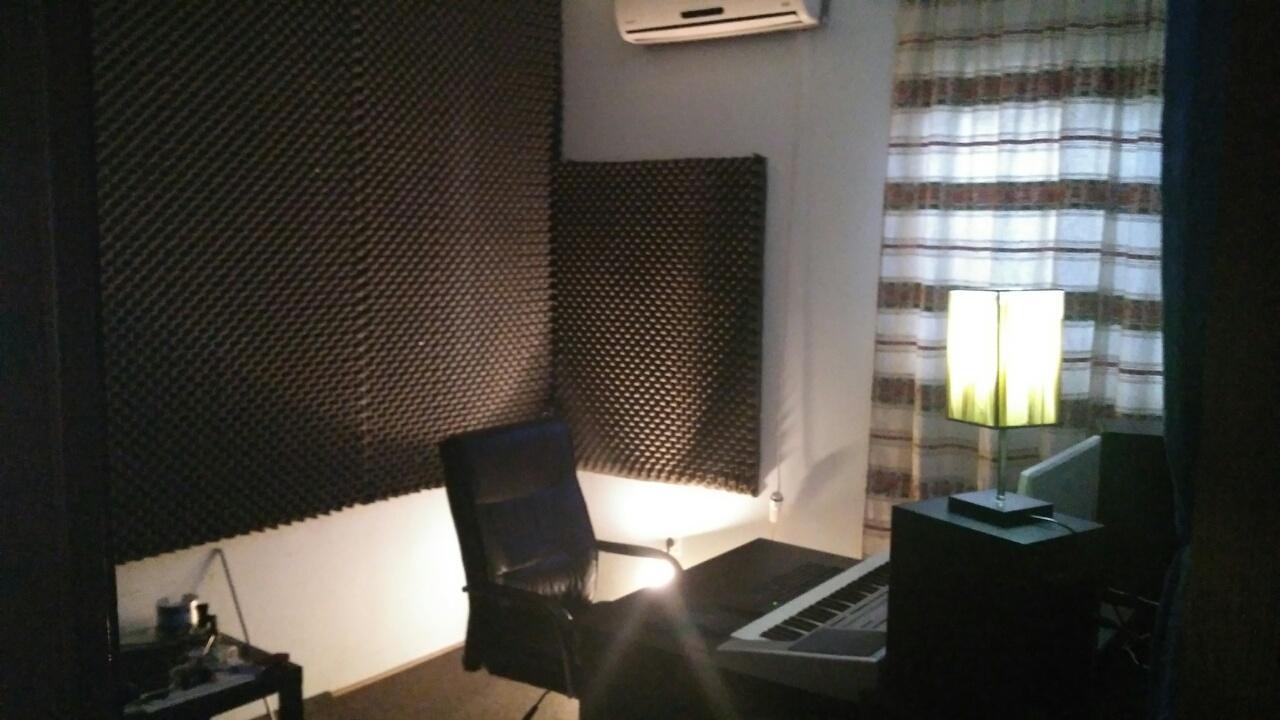
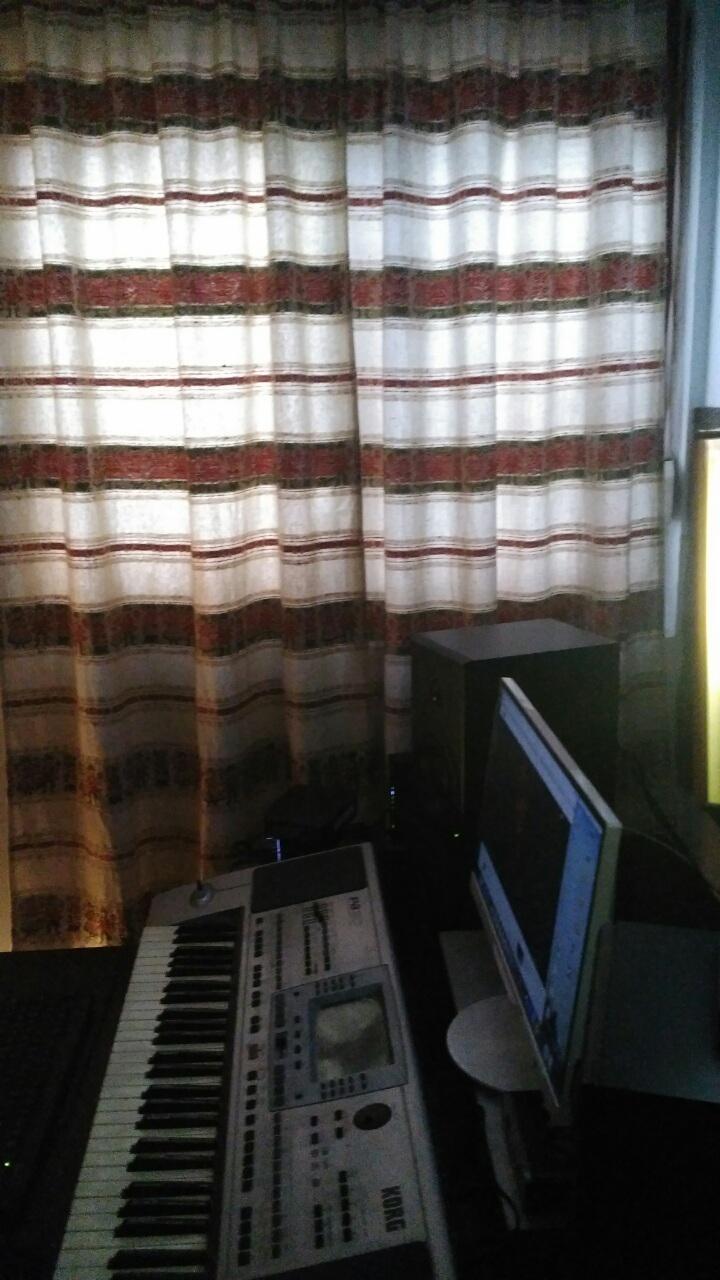




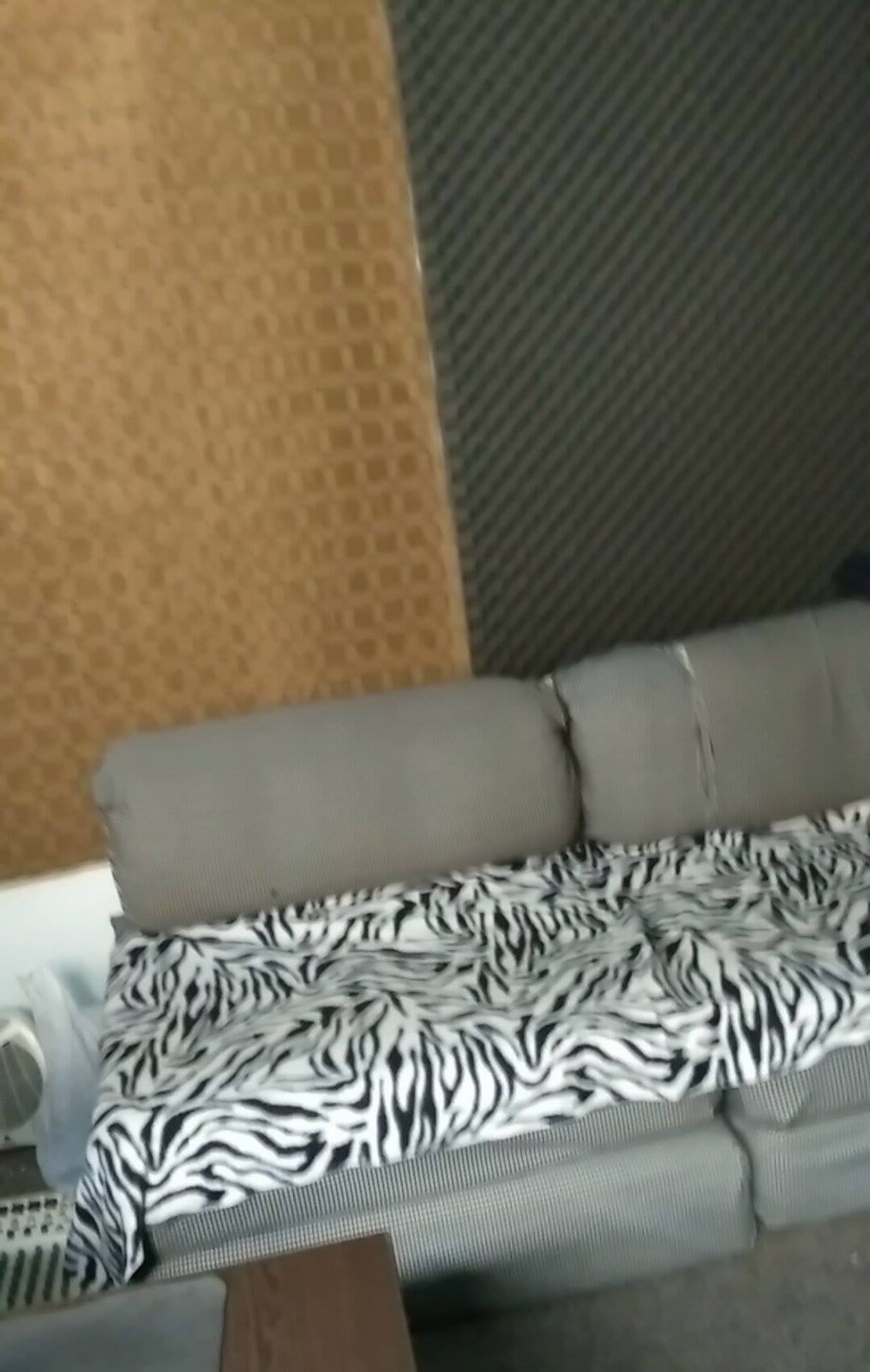
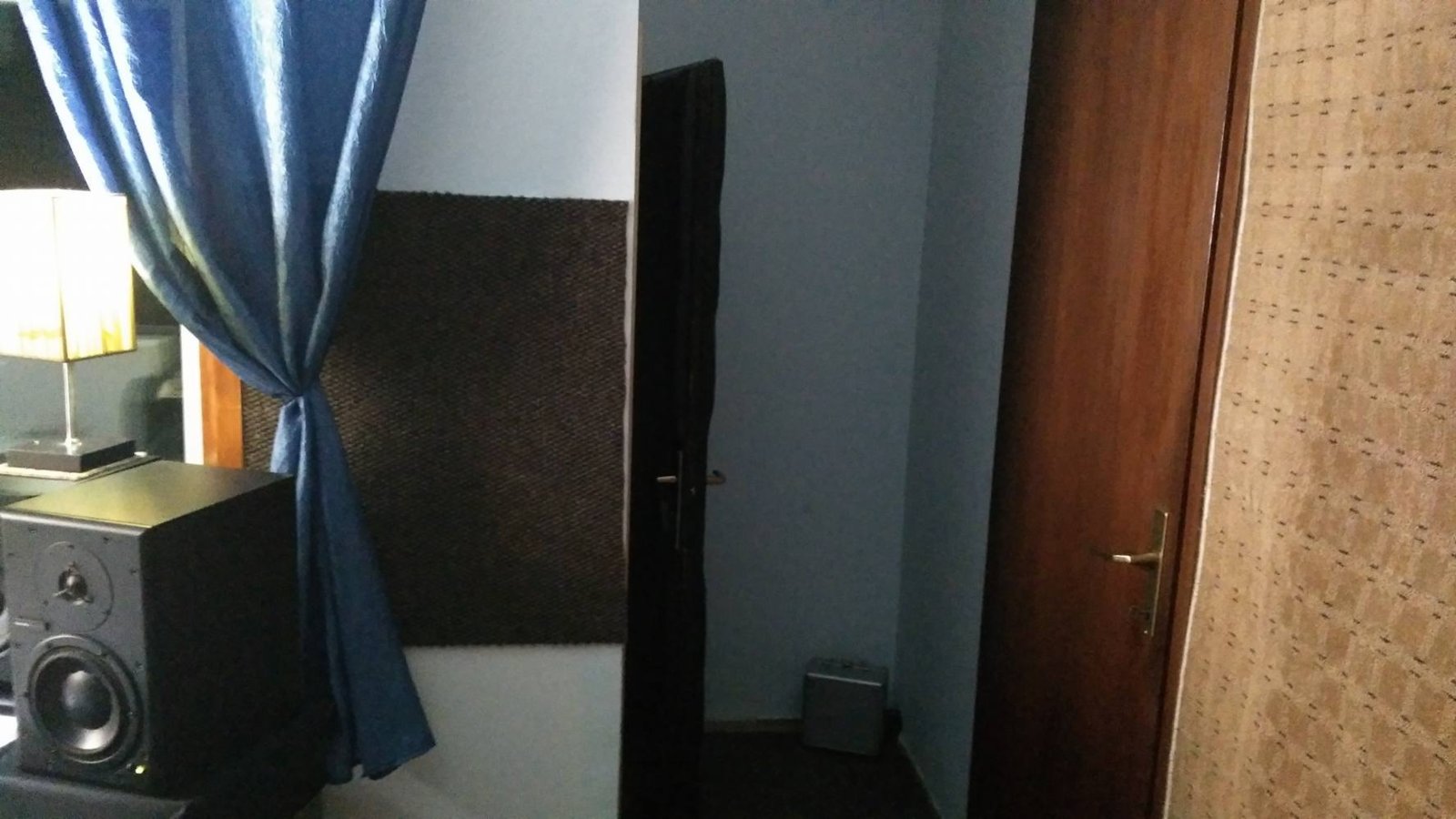
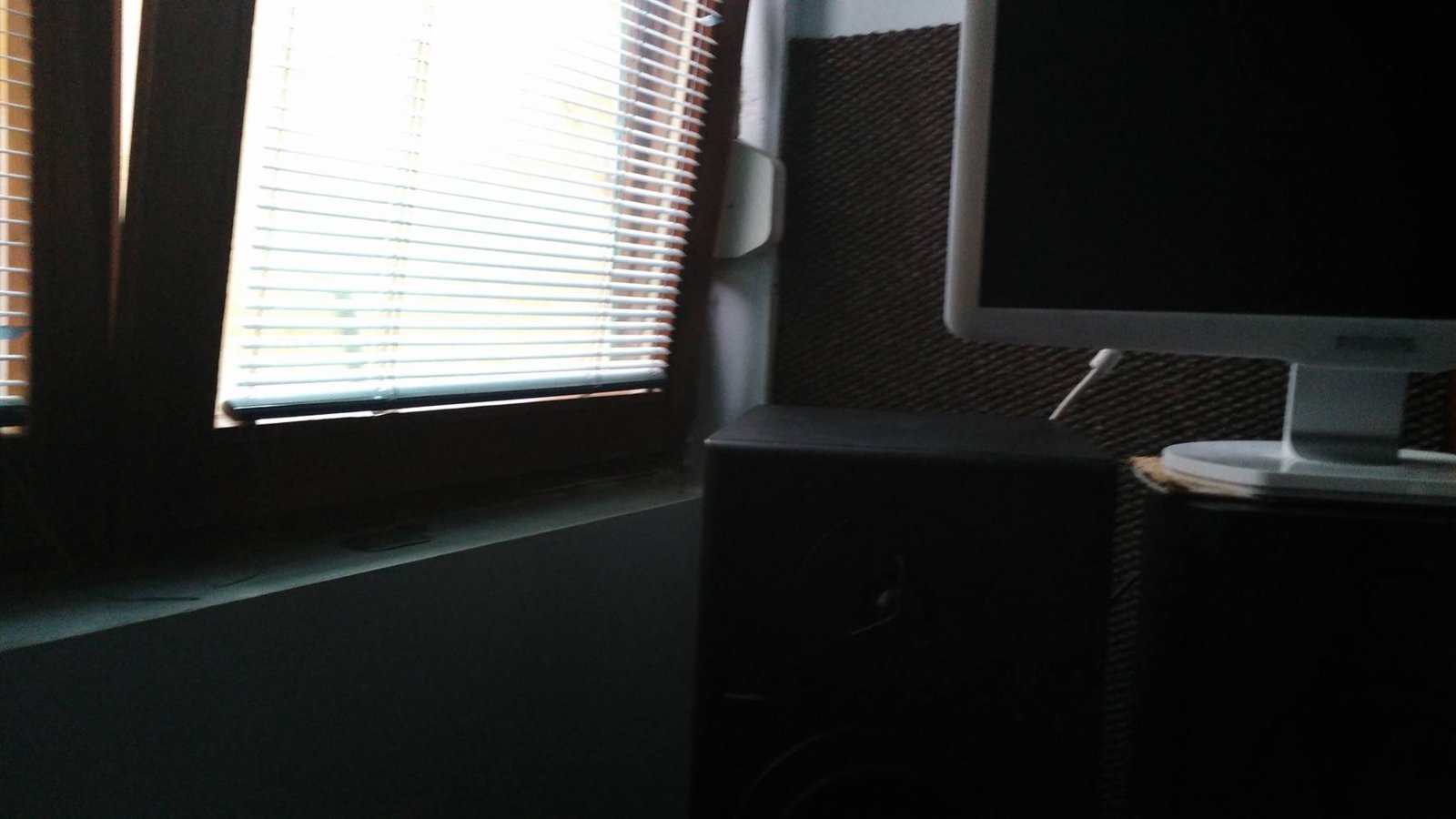



Welcome to RO @dreamtuned, I'm no expert when it comes to acous
Welcome to RO dreamtuned,
I'm no expert when it comes to acoustic treatment and there are others here on RO who are more more educated at these things than I am, but a few things caught my eye.
So for what its worth here is my two cents worth...
1. Your desk according to the pics you have uploaded is in a corner. This is not ideal. You really want that desk in the centre of one of the shorter walls and about a third, maybe in your case about 1 metre off the wall, which in a room that is only 3 metres is really not practical, so you may have to stick with being against the wall.
Also, sit your monitors on some speaker feet, they are foam which isolate your monitors from the desk to stop them resonating and help get them at ear height which is ideal (can't tell if you have them from the pic).
But try to get out of the corner. Bass frequencies will build up in the corner (+6db) so your mixes won't translate with all that added bass to your left.
Maybe a few broadband absorbers behind the desk will help you there as well. These are easy to make using a pine wood frame, some rigid fibreglass or rockwool , covered with a non-reflective, non polyester backed fabric. Youtube have many videos showing you how you can build these if you are handy with a hammer or a cordless drill if you are on a budget.
2. The window to the left of your mix position...this is situated smack bang at whats called the first point of reflection from your monitors. This is not ideal either. You really need to have some sort of diffusion at these points at the left and right of your mix position or sweet spot. A curtain or drape may be better than nothing, but ideally you would want some type of diffuser or absorber behind the curtain in my opinion. Also place the same in the opposite right hand side to catch the first point of reflection to your right.
While we are on the subject of windows, the one behind your mix position behind your desk is most definitely doing you no favours. If I was you I would at least treat this the same way I would the first points of reflection by putting some sort of absorbtion or diffusion there to stop the reflection off the glass bouncing straight back at you in the mix position. Even an absorber made to fit snug into the window frame may be the way to take the window out of the equation behind the desk...same for the window to your left maybe...?
3. As for the roof, ideally a mix cloud which is a hanging absorber works to eliminate the first point of reflections from above your mix position. These don't have to cover the whole area of the ceiling, a 1.2 metre long x 600 mm wide x 50 mm thick mix cloud directly above the mix position or sweet spot fixed with a 50 mm gap between it and the ceiling will work wonders. Again, youtube can show you how to make a cost-effective mix cloud if you are on a budget.
Is the floor carpeted?...this type of info is important to know also, as this will have an effect on how the room responds.
4. The room is 3 metres x 3 metres once you take away the smaller ajoining room...yes?
Ideally rooms where the width and length are the same are not ideal, but at the end of the day you can only work with what you have and treat it the best way possible to make the room work for you and your mixes to translate better.
5. As for the acoustic foam you have covering the entire rear wall behind you, I don't think it is really doing much for you, but it is probably better than nothing to help reduce reflection off the back wall.
Maybe a couple of large broadband absorbers 1 metre wide x 1.5 metres long x 100mm thick placed evenly on the back wall, and some bass trapping in the corners to replace the acoustic foam would be a better option in my opinion.
You can only work with what you have, and do the best you can to treat the space, especially if you are tracking and mixing in the same space.
@Brien Holcombe knows probably more than anyone here on design and acoustics, maybe he can be kind enough to give you some expert advice.
As Iv'e stated I'm no expert by any means, I'm only giving you some very basic advice from what I see...and if I'm wrong I'm happy to be corrected by those here like Brien that have more knowledge than me on the subject. ;)
FWIW I hope this helps
- Sean.
Attached files